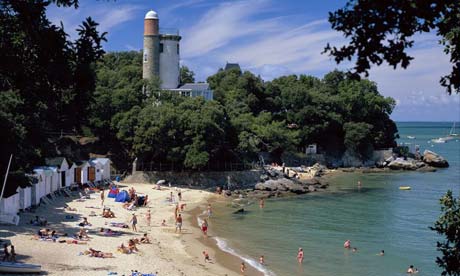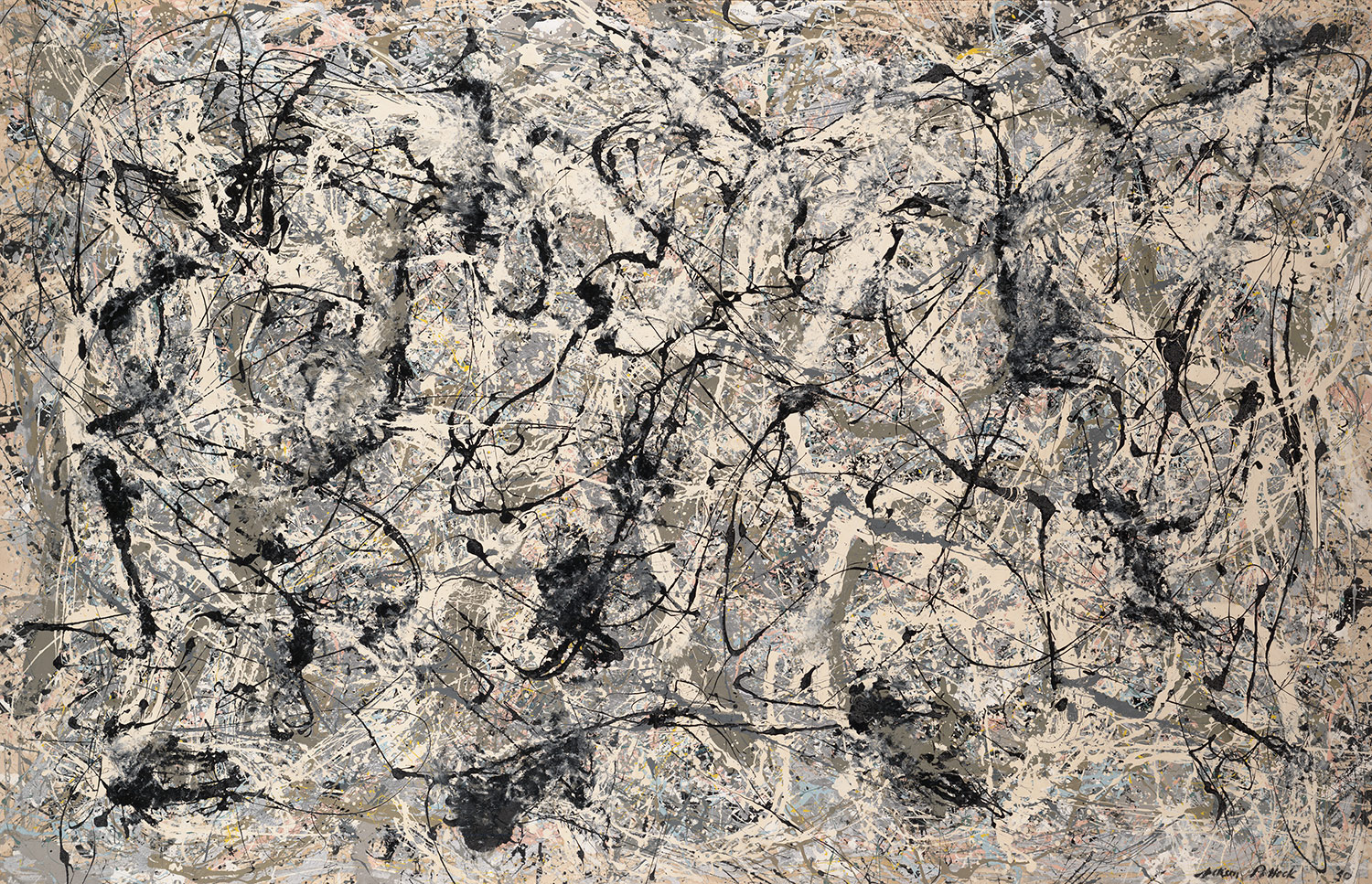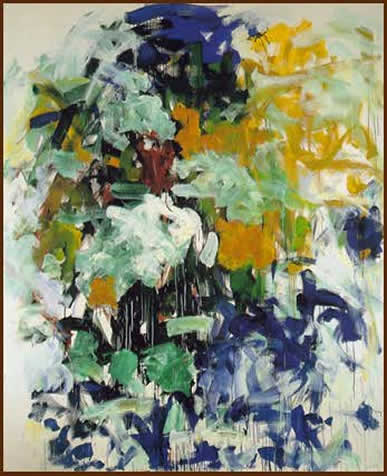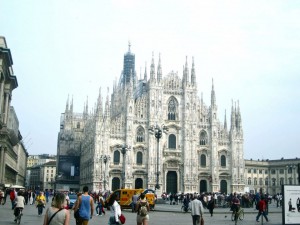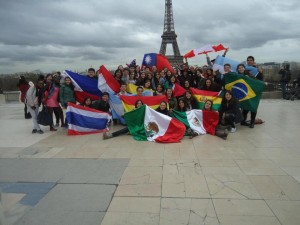This semester, I decided to submit to the fact that I have to take more than a few science courses for my Art and French majors (hello Gen Ed debate), so I decided to knock out one of my GN’s and take an Anthropology course. Guess what? It’s my favorite class I’ve taken all year.
It’s called ANTH216: Sex and Evolution. Okay, yes, I’m taking a sex class, but it’s a super interesting, science based sex class that I would recommend to everyone. Dr. Puts is an extremely engaging lecturer who really knows his stuff, and the material spans from understanding basic biology like heredity and genes to learning about why marriage exists as a human universal. Taking this class has really helped me understand why the world is the way it is. It’s helped me answer questions I’ve had since high school concerning the discrimination of women, and here, I’ll explain the theories evolutionist scientists have come up with to answer one of my questions. Keep in mind that social scientists would answer these questions in completely different ways, and that here I’m just looking at the question from an evolutionist’s perspective.
Before that, though, I have to preface the discussion with the introduction of something that’s called the naturalistic fallacy. This is an idea that basically says just because we can explain a phenomenon through data/theories/science, it doesn’t make the act morally right. For example, just because scientists have ideas that explain why rape evolved to become an act that humans do, it doesn’t make raping someone morally right (obviously). Yet, understanding the situations in which rape occurs can help us educate others and create a society in which the frequency of it occurring reduces. Keeping that in mind, here is a question I grew up wondering about as a young woman in high school:
Q: Why are women pressured to physiologically look a certain way while men are considerably less pressured in this area?
A: In regards to investing in offspring, men and women have very different roles that they can perform. Women are the only ones that can physiologically invest in their offspring; only they have the capacity to become pregnant and perform gestation (breast-feeding) for their newborn. Women can also invest economically in their offspring, providing resources such as money and good home. Yet, men cannot invest physiologically in his newborn, so he can only support his offspring through the resources he gives them. Knowing this, scientists have hypothesized that when choosing mates, women would prefer men who could provide sufficient resources for themselves and their offspring, while men would prefer women who show that they are physically able to invest in their offspring. This means the woman would ideally be youthful, healthy, “beautiful” (meaning their facial features are symmetrical and their skin is clear and healthy, both factors showing that they contain few harmful parasites in their bodies), and physically capable of carrying a child to term. This last factor can be viewed in men’s preference to a certain waist to hip ratio. Before I explain what this means, take a look at these lovely ladies below:
Which do you think is the most attractive?
In this study, men consistently found that the first woman in the second row (“N7”) was the most attractive. This woman has a waist to hip ratio of 0.7, and she has a normal weight. With this ratio, a woman is more likely to successfully conceive. An increase in 0.1 in waist to hip ratio decreases the probability of conception per cycle by 30% (Zaadstra et al. 1993). Interesting, right?
Another study that demonstrates male vs. female preferences:
Females almost always prefer that a male has great earning potential (to economically support offspring) while men almost always prefer that a female is physically attractive and young (to physically support offspring).
So my question was answered: men are subconsciously basing a woman’s beauty off of their ability to conceive and give birth to offspring so that child will carry on their genes. This can in part explain why in our society we put much more pressure on women to look beautiful, and why we have more ways to enhance her look to make her look more youthful, beautiful, and healthy including botox, augmentation of breast size, liposuction, and the adding of fat to the buttocks or cheeks.
Learning this brought a huge breakthrough for me. It may not just be that our societies are putting pressure on women to fit a certain look, although they are in part to blame for the intensity and frequency of which women are reminded to look a certain way. In fact, as humans, we have been evolutionarily designed to look for certain things in mate in order to ensure our genes are successfully passed on through our offspring. It’s been engrained in our brains, and even though we may not consciously think about these things when choosing a mate, our subconscious “wirings” in our brain play a huge part in that decision.
I don’t have a solution on how we can change our societies to pressure women less. If men were the ones who carried babies during pregnancy, we would pressure men more to physically look a certain way. Now that I know this, I’m comforted in a weird way; I always thought the world was unjust, pushing women to insane lengths to change themselves physically, and yes, our society is still in part to blame. Yet, humans are the way they are now because we’ve evolved to increase our reproductive success. That’s just the way it is, and that’s not really going to change. I hope in the future societies will bring more and more empowerment to women, but for now, I’m just content with the fact that one of my many questions about life is about the closest to being answered than it will ever be. In short, I’ll take it for now.



